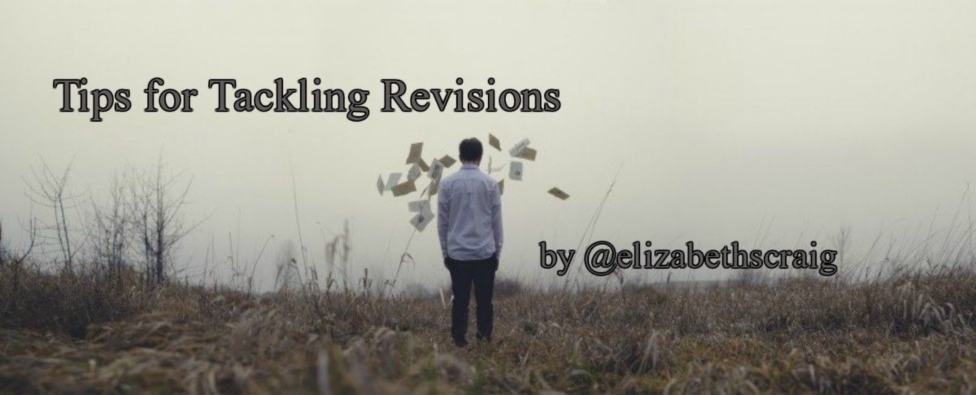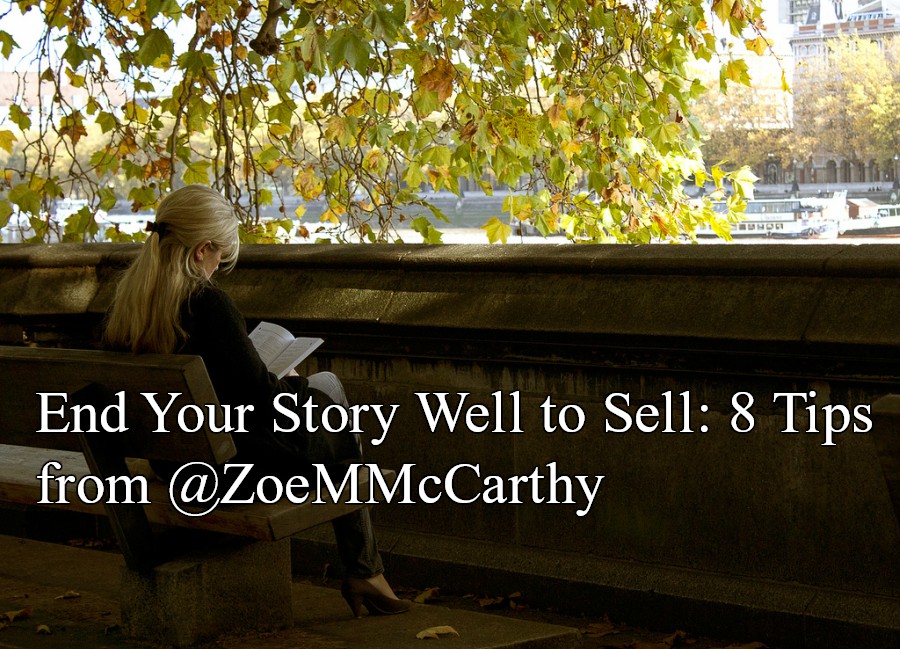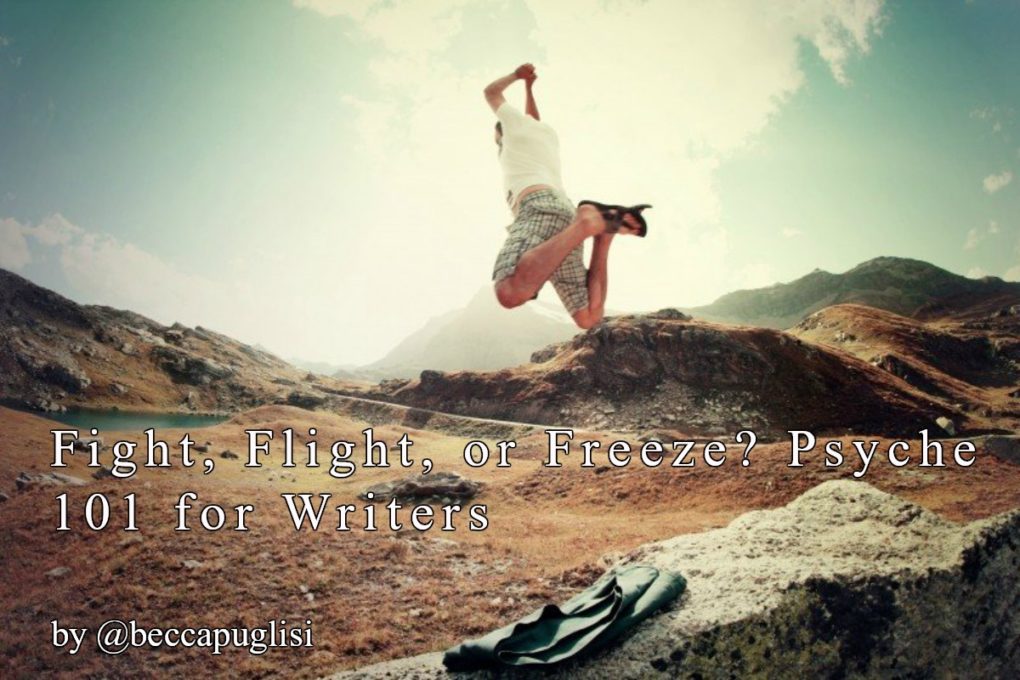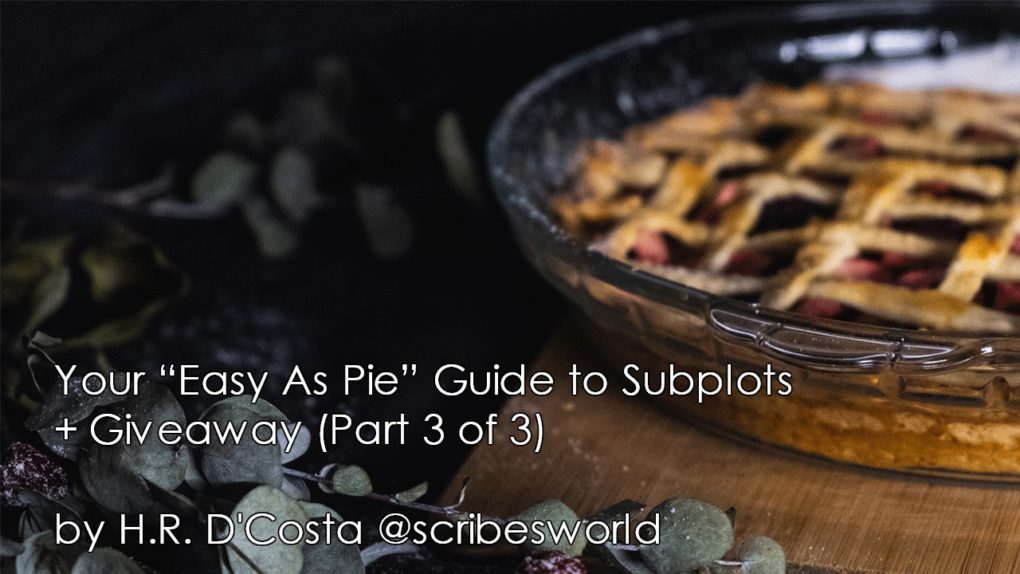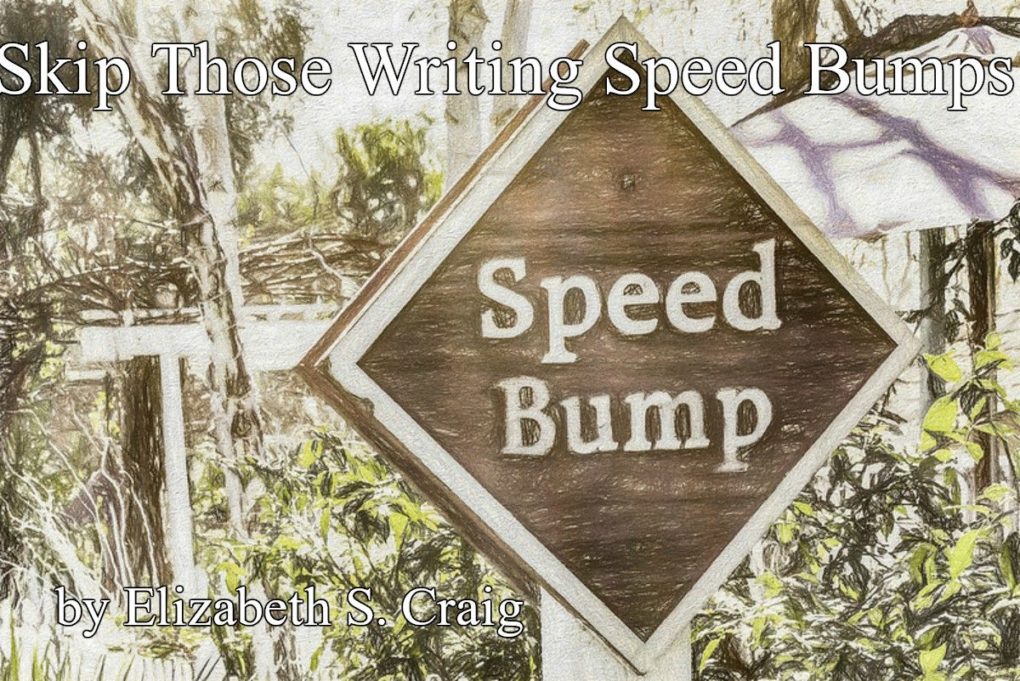
by Elizabeth S. Craig, @elizabethscraig
There are a variety of things that can slow you down as you write. I’m not sure how many writing sessions in the past have been derailed by really simple things.
Here are some of my most-likely culprits and how I manage to move past them:
Timeline. I just used the word ‘yesterday’ to refer to something earlier in the story. Was it yesterday, or was it earlier? Solution: Note it in one separate document. I call mine “Things to Fix in ______ (Story Name).” It’s a completely separate Word document that I keep in the same folder as the manuscript. One entry for my current WiP is this simple: page 95….was it yesterday morning?
Names. Oops. This character doesn’t seem to have a last name. Solution: put an asterisk in the manuscript to point out the issue and fix later. When you’re ready to work on the second draft, just do a search for asterisks in your document.
Loose ends that I suddenly remember. Did Myrtle leave a casserole dish with Nell? Solution: note it in my ‘Things to Fix’ document.
Plot holes. Myrtle left a car dealership driving a car. How did she get there (she doesn’t currently own a car)? Solution: note it in my ‘Things to Fix’ document.
Ideas that I want to incorporate into past chapters. Solution: Again, this goes into that ‘Things to Fix’ document. Or, sometimes, I’ll note the ideas in Word’s Track Changes.
Veering off the outline. Or a POV change. Any major departure for the story. Solution: mark it with an asterix (or put a comment in Track Changes) and start writing from the new POV, etc., from that point in the book, on. Make the changes after the first draft is finished.
Issues realized. I don’t have enough clues to point to the murderer. Solution: note the fact in the ‘Things to Fix’ doc.
Although the temptation is to fix the problem immediately, I’ve found that I stay focused on my story and make more word count gains if I just note the issue and keep going.
Do you run into these types of speed bumps in your story? Others? What’s your approach toward them?
Photo credit: davidseibold on VisualHunt.com / CC BY-NC

